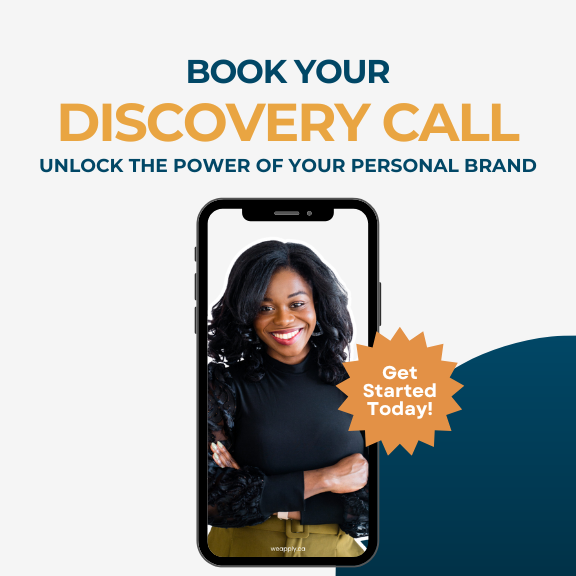If you are new to LinkedIn, chances are that this site may seem a bit confusing. After all, LinkedIn has significantly grown over the years and has added many features. Understanding LinkedIn starts with understanding your basic profile. Like most social networks, your profile is the first thing you will work with. Let’s take a look at the basics of a LinkedIn profile with some tips on creating them.
Headline
A LinkedIn headline refers to a short snippet of text that describes you as a professional. This is an essential part of your profile because it is displayed in search results and is the first thing a person will often see aside from your name and photo.
A LinkedIn headline should focus on your role and include industry-specific keywords such as “business analyst” or “human resources.” This will help enhance the likelihood that you will appear in the right searches when recruiters look for potential candidates.
Examples of LinkedIn Profile Headlines:
- Project Management Lead | Financial Risk Management | Change Management | Quality Control | $98M+ saved throughout career
- I help businesses pivot through change, drive growth and secure funding | Business Leader | Growth Strategist | Business Development | Change Management | Digital Transformation
In our free e-book “Taking your LinkedIn to the Next Level” we provide more examples of how you can create a compelling headline.
Photo
One of the most important parts of a compelling LinkedIn profile is your photo. Unlike other social media sites, we aren’t looking for a catchy or funny picture. Instead, this should be a professional photo of you in work-appropriate clothing against a plain backdrop.
Additionally, your LinkedIn photo should ideally not be a selfie and should not contain any other people. A professional headshot is a good idea if you have a few dollars to spare, but this is not a must. Be sure to smile. If you can’t decide between a few options, you can use photofeeler.com as a resource to test the likability of your photos.
About
LinkedIn’s “about” section is where you will tell the story of your professional journey. A common mistake that people make here is to duplicate their resume; however, this is not the place for that. Stories are engaging and resonate with people. Thus, this should read somewhat like a narrative. Be sure to speak in the first person and communicate the impression that you want the reader to be left with.
There are many things you might talk about, such as your professional accomplishments, reasons why you went into your career field, or positive experiences that helped bring you to where you are now. You want to be succinct, so an effective strategy is often to come up with a draft and then narrow it down to the main points. The most vital part of developing your Headline is knowing your audience.
Be sure to end this with a call to action. Perhaps you want the reader to consider contacting you for opportunities. Maybe you want them to connect with you. Or the goal could be to have them check out your posts. Ask the reader to do something to engage with you.
Experience and Education
Here is where you will highlight the various aspects of your career. Again, people think about simply copy and paste their resume into these sections. You want to make it more engaging.
Be sure to write in the first person and consider adding things like photos, videos, or presentations that can help the viewer get a better perspective of you and your experiences. When filling out these sections, focus on quantifiable achievements that help show the scope of how you have succeeded in your different roles. For example, how did you impact an organization?
Finally, be sure to provide brief descriptions of each company that you worked for in order to help readers put your experiences into scale.
Recommendations
This is perhaps the easiest section to create. You simply ask your colleagues and friends to provide recommendations of your skills and abilities. In turn, you should consider doing the same for them. This will help further build a case for you as a professional.
Recommendations are great for social proof. It’s basically people vouching that you are as awesome as you claim to be.
Optimizing Your LinkedIn Profile Skills & Endorsements
This is a place where you can add different skills that you have. It’s important to do your research and choose keywords that align with your industry. Looking at job posters can help you identify some relevant keywords you can include in this section. You can add up to 50 total skills but be sure to place the most critical in your top three, which may change depending upon what types of roles or networking you are seeking. Colleagues can endorse your ability in these skills.
LinkedIn Profile Connections
Connections on LinkedIn are much like Friends on Facebook. These are the people that you know and are in your network. To start, connect with your various professional contacts and friends to start growing your overall network.
Those are the Basic Steps to Building Your LinkedIn Profile
LinkedIn is not just for job searching, it’s a great place to build your personal brand as a professional and expand your network. We can professionally rewrite your whole LinkedIn Profile, learn about our LinkedIn Optimization Services here.


